Should you Say Farewell to your Kanji Deck?
You’ve finished your kanji deck. Whether that’s Kanji Kingdom, RTK, Wanikani, or something else along the lines of focused kanji study, you made it! You’ve done incredible work and set the stage for your abilities to soar.
Then months or years pass. Your sentence deck reviews continue to disappear into the night. But your kanji reviews always return. And when they do, you often need to fail them despite them being on long intervals you had worked hard to put them on.
You’ve been consistent. Maybe you even zero out your reviews daily. But they always seem to slip your memory. All of this means one thing: you are completely normal and it’s time to evaluate what you want to do with your kanji deck.
Why kanji and sentence reviews are so different
Sentence deck: you constantly see and use what you’ve learned all the time. Whether in later cards or in the real Japanese world.
Kanji deck: since a kanji card is passed when you can write it out (visually or on paper), you only recall a kanji when you review that specific kanji, on one specific card.
Quick reminder why learning kanji this way is good
When you are initially learning the kanji, it is a massive boost to firmly glue kanji deep into your memory. It gives you a real feel for all those similarly looking blobs of ink.
Why kanji recall fades
Unless you decide to frequently write Japanese by hand, time will take its toll on your kanji producing memory. Months and years passing with no reinforcement – what do you expect?
You might be thinking “but I use kanji everywhere!” This is a misunderstanding. You read and understand kanji everywhere. But this does not reinforce your ability to produce it. It’s an entirely different skill.
It’s just like if you listened and shadowed Japanese for years but never had a real conversation. Or if you are fully fluent in Japanese and English, but someone suddenly asks you to simultaneously interpret at a seminar.
What to do?
The first and most important question: do you want (need) the ability to write kanji by hand?
If yes (for the 5% of you), then you can stop reading this article. This probably isn’t even a problem for you because you practice writing letters, calligraphy, filling out forms and I don’t know what people do with a pen these days.
If no (for the 95% of you), time to consider a change. You don’t have to do kanji reviews forever. And nothing bad will happen to your Japanese.
Scaffolding can be removed
Learning Kanji separately in a keyword to recall(write) method is often compared to scaffolding. For those who need a reminder:
Scaffolding: “a temporary structure for holding workers and materials during the erection, repair, or decoration of a building.”
Kanji recall is scaffolding to help build your Japanese. But once it is built, that scaffolding is mostly removable.
And for those that fear just ripping it all out at once…
You have 5 options
1. Keep doing it as always.
For a long time, I liked doing kanji reviews. I strangely found them fun. If you like doing them, continue. No reason to stop.
2. Turn them into “loose kanji reviews”
My like waned over the years. I think it’s because I liked passing reviews but hated failing them (don’t we all?)
Instead of trying to remember the kanji exactly, as long as you can generally visualize them in your head then you are doing okay. This means no worrying about stroke orders, missed strokes, or writing out each stroke. Just see if you can create a quick mental image
3. Pass and fade out
Eventually your like may be completely gone with the chore and frustration growing.
Pass every kanji review regardless of whether you know it or not. This will lead to them eventually disappearing naturally over time without fear of them coming back too soon.
4. Review and delete
This is a variant on #3. Instead of giving everything a pass, once you review a kanji card, you delete it. This gives you a chance to give them one final farewell.
5. Delete everything now
Just get rid all 2000+ of them now in one shot. This can be ridiculously liberating.
But I’m worried my Japanese will suffer!
Two things to remember:
1. Many people who have done Jalup successfully have phased out kanji reviews long term, and their Japanese was fine.
2. Japanese people go through a similar thing. They have to recall and write kanji through their years of schooling. Then they get older and mostly stop writing completely by hand. Maybe they move abroad. Give a kanji deck to a Japanese person in their 30s with Japanese keyword to kanji. See how well they do. And their Japanese ability is just fine.
Saying farewell to kanji before you actually finish them?
I hear this question often. Can I stop at 1800, or 1500, or 1000, or 500, or 200, or 1?
Yes, you are allowed to. There is no fast and hard rule of having to finish all the kanji, or even study kanji separately. You will still learn them through sentences and immersion. It’s okay. The worst thing that can happen is hating kanji reviews turning into hating studying overall turning into hating Japanese. Kanji may be scaffolding, but it is not the only scaffolding you are working with.
How have you handled your kanji reviews over the years?
For those of you that have finished learning kanji (or decided to stop earlier), which option have you chosen above? What do you wish you knew sooner?
I’m currently in between #2 (loose kanji reviews) and #3 (pass and fade out). But that’s only because there is still a small part of me that has satisfaction in doing them… Otherwise I would have done #4 or #5 a long long time ago.
Founder of Jalup. iOS Software Engineer. Former attorney, translator, and interpreter. Still watching 月曜から夜ふかし weekly since 2013.


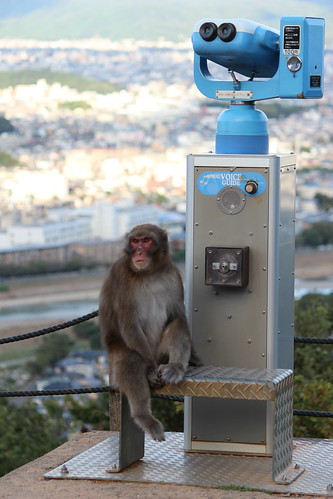
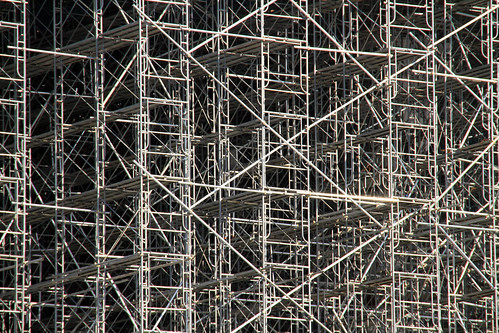
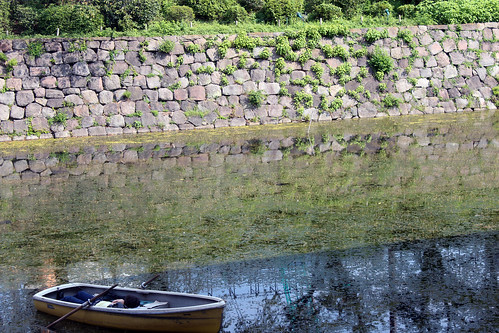
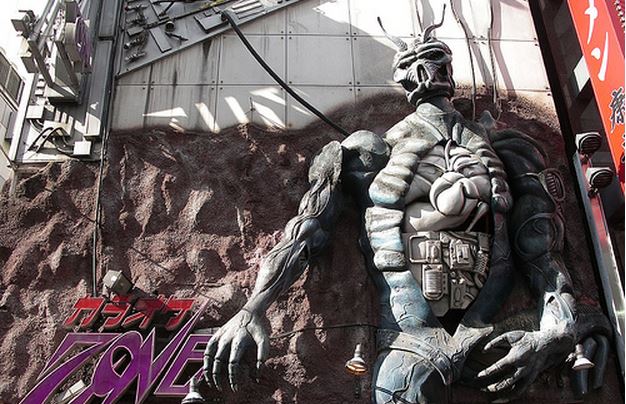
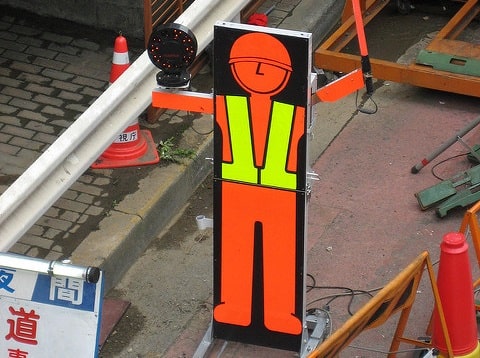
Great post as always. It really helps to be reminded of the difference between sentence and Kanji reviews.
Having never done RTK to produce, only to recall (it was before discovering Jalup.. but so far it seems to have worked out fine for me), I ended up in camp 3, however with a small twist: When I have a Kanji I recognize somewhat from my recent sentences but not exactly or I even know that I have trouble with it, I deliberately fail it. This acts as an additional boost of reinforcement for things I have trouble with. It also has the little advantage that all these rarely used-Kanji fade away until I actually see them the first time and the more frequent Kanji get this treatment much earlier. So far I am quite happy with the results :-)
Thanks for the article. Worse part of Anki review for me was the Kanji deck. I’ve done it for daily several years and it got very tedious.
Decided to delete it today and it was a big relief.
While I have wondered from time to time if it were still necessary to keep doing kanji-only reviews after reaching a certain a number of sentence cards, I’m still using option 1.
The only disadvantages that I can see are the time commitment, which is minimal (a few minutes per day at most), and the fact that English keywords are still in my Japanese learning environment. However, I find the keywords are compartmentalized to “kanji-only mode” which don’t carry over into sentence cards or reading unless I consciously want to recall a kanji’s keyword for some reason.
As such, I choose to spend a couple of minutes per day reviewing the kanji cards so that they all stay somewhat fresh. That way I don’t have to worry that my kanji skills are slowly going downhill. Finishing that kanji deck was a huge milestone for me (and all of us, I’m sure), but it was also a beast which I never want to face again.
This article is really timely. I am to that point where I sometimes find myself wondering if the kanji reviews are really helping all that much. When I see the kanji deck now I remember more the Japanese pronunciations than I do the english keywords. I have been taking a bit of a hybrid approach to lessening reviews but am keeping the deck (for now).
1) I am still hitting new kanji that aren’t in the core but are somewhat often seen so I like to add them to my deck to help me solidify their meaning.
2) BUT I have for a some time now stopped hitting “No”. I just hit Yes or Hard. I would almost never recommend doing that because it makes things really wonky. But overtime it has kept my daily reviews <10 but I still see the kanji enough to keep them pretty fresh, especially if I have trouble with them.
To be honest I think I could drop the deck anytime now and be fine. Over time I just tend to pass the kanji and not even mark it hard anymore except in rare cases where I just don't see that kanji much at all. But for now I will just keep passing things and see where it goes. I don't mind it. But if it gets annoying now I feel more confidence in stopping it.
My Kanji deck is currently at (and has been for some time) just shy of 1000. For some reason, every new year I get inspired to push RTK but then the motivation leaves me.
I know I’ve been picking up Kanji as I progressed through JALUP Advanced but also know that the Kanji I have learned from RTK and KK (up to 430) do help with the JP-JP cards! Why is it so hard to proceed with a task that I objectively know will help with my future Japanese/JALUP study :)
I’ve passed JLPT N2 and am working towards N1. That being the case, my kanji reviews are focused on the joyo kanji. I have 30 or so cards coming up every day. I review most of them quickly, just glancing at keywords and then the kanji more or less, but the last five of the day I challenge myself to produce them accurately. Depending on the kanji and my mood, I might be super strict and fail them if I don’t get them perfect, but lots of times it’s more like, “eh, I was close” and pass it on Hard. If I did it well I’ll pass it with Good. This is a fairly satisfying balance for me.
Adam, since your Japanese level is so high so you think your personal Anki deck is unnecessarily scaffolding now? Do you think you’ll still be doing it when your 60 or will you eventually give it up completely?
I plan on writing about this exact topic in the near future to reflect a big change I’ve made recently :)
What I found has been working for me so far is to simply pass every card. I see a card, flip it, write it and then pass it. I care more about writing practice while doing KK. The sentence decks are helping me to solidify my memory and it has happened where I have seen a new word and remembered its meaning because I was able to recall the kanji meaning because I had written it so much. It has been a gamble, but I figure it should pay off in the end.
I am nearing the end of KK and maybe after I finish I will be more critical with pass/fail but for now with everything else I am doing re Japanese immersion the added stress of worrying about failing a review is not worth it for KK cards.
Yeah, I’m progressing through the phases of this now.
Pass and fade out:
In kanji damage there are some cards for things that arent kanji in and of themselves. like the 䒑 in 前 has its own card. These I pass no matter what. I could probably remove them from my deck – but I like that a card count that is over 9000!
Kinder, but not super loose:
I double side my cards. So I saw the kanji 命 and thought “命令するな” from Jalup. The code word was いのち, but since it is also in 命令 pass. for kunnyomi I new it was 言 and 川 but I couldn’t remember which was right and which was left. pass. mixing up 橋 and 呑む or 塔 and 拾 – fail.
If I can’t write a kanji, no big deal. If I write a different real kanji that is gonna negitively impact my Japanese.
Delete:
For awhile I kept leeches in. Now that I finnished adding cards about a year ago- I suspended all cards with 7 or more misses.
I however replaced some of them with vocab cards like 製造 = manufacturing せいぞう and 漢字書いて:現在のじょうきょうは心配なんです.
If anyone else wants to do kanji after intermediate, AJATT has a deck of write kanji from hiragana instead of english cards.
I wouldn’t recomend suspending while you are in the same deck. but turning on leech suspendsion is an easy option 4.